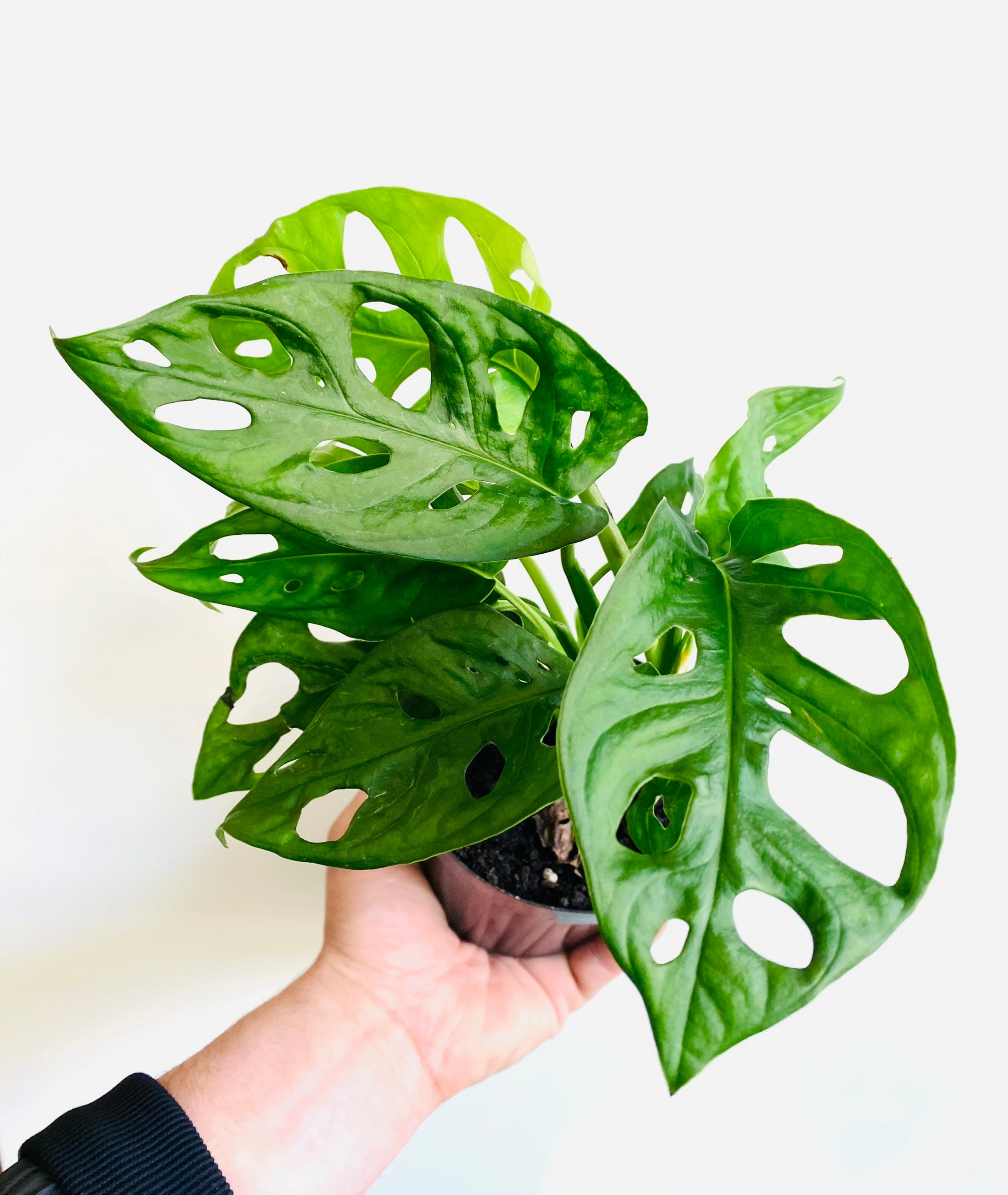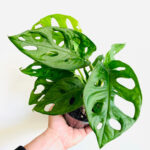Everything You Need to Know About the Swiss Cheese Plant
What do you mean by Swiss Cheese Plant?
The Swiss Cheese Plant, scientifically known as Monstera deliciosa, is a popular houseplant known for its large, glossy leaves with unique splits and holes resembling swiss cheese. It is native to the tropical rainforests of southern Mexico and Panama.
How to care for a Swiss Cheese Plant?

Swiss Cheese Plants are relatively easy to care for and can thrive both indoors and outdoors in the right conditions. They prefer bright, indirect light and well-draining soil. Water the plant when the top inch of soil is dry, and mist the leaves occasionally to increase humidity.
What is known about Swiss Cheese Plant?
The Swiss Cheese Plant is a member of the Araceae family and is related to other popular houseplants like philodendrons and pothos. Its unique leaves have made it a favorite among plant enthusiasts and interior decorators alike.
Solution for common Swiss Cheese Plant problems
If your Swiss Cheese Plant is not thriving, it may be due to overwatering, lack of sunlight, or pests. Make sure to adjust your care routine accordingly and keep an eye out for any signs of distress, such as yellowing leaves or stunted growth.
Information about Swiss Cheese Plant propagation
Swiss Cheese Plants can be propagated through stem cuttings or air layering. To propagate through stem cuttings, simply cut a healthy stem with a few leaves attached and place it in water or moist soil until roots develop. Air layering involves wrapping a section of stem in moist sphagnum moss until roots form.
Description of Swiss Cheese Plant benefits
In addition to its aesthetic appeal, the Swiss Cheese Plant is also known for its air-purifying properties. Its large leaves can help remove toxins from the air, making it a great choice for indoor spaces.
Swiss Cheese Plant care tips
When caring for your Swiss Cheese Plant, make sure to avoid direct sunlight, as it can scorch the leaves. Regularly dust the leaves to keep them clean and allow for better light absorption. You can also rotate the plant occasionally to ensure even growth.
The best way to display a Swiss Cheese Plant
Swiss Cheese Plants are perfect for adding a tropical touch to any room in your home. They can be displayed on a plant stand, in a hanging basket, or as a focal point in a corner. Consider pairing them with other tropical plants for a lush, jungle-like feel.
Common myths about Swiss Cheese Plant
One common myth about Swiss Cheese Plants is that they are toxic to pets. While they can cause mild irritation if ingested, they are generally safe for pets. Another myth is that they require high humidity to thrive, when in reality, they can adapt to a range of conditions.
Troubleshooting common Swiss Cheese Plant issues
If your Swiss Cheese Plant is not looking its best, check for signs of overwatering, underwatering, or pests. Adjust your care routine accordingly and give the plant some time to recover. If all else fails, consider repotting the plant in fresh soil.
Conclusion
In conclusion, the Swiss Cheese Plant is a versatile and low-maintenance houseplant that can bring a touch of the tropics to any indoor space. With the right care and attention, you can enjoy its unique foliage and air-purifying benefits for years to come.
FAQs
1. How often should I water my Swiss Cheese Plant?
Water your Swiss Cheese Plant when the top inch of soil is dry to the touch. Be sure to adjust your watering schedule based on the season and humidity levels.
2. Can I place my Swiss Cheese Plant in direct sunlight?
Swiss Cheese Plants prefer bright, indirect light and can get scorched if exposed to direct sunlight. Opt for a spot with filtered sunlight to keep your plant happy.
3. How can I increase humidity for my Swiss Cheese Plant?
You can increase humidity for your Swiss Cheese Plant by misting the leaves regularly, placing a tray of water near the plant, or using a humidifier in the room.
4. How do I know if my Swiss Cheese Plant is getting too much water?
If your Swiss Cheese Plant’s leaves are turning yellow or the soil is consistently wet, it may be a sign of overwatering. Allow the soil to dry out between waterings to prevent root rot.
5. Can I fertilize my Swiss Cheese Plant?
You can fertilize your Swiss Cheese Plant during the growing season (spring and summer) with a balanced liquid fertilizer diluted to half strength. Avoid fertilizing in the winter months when the plant is dormant.
